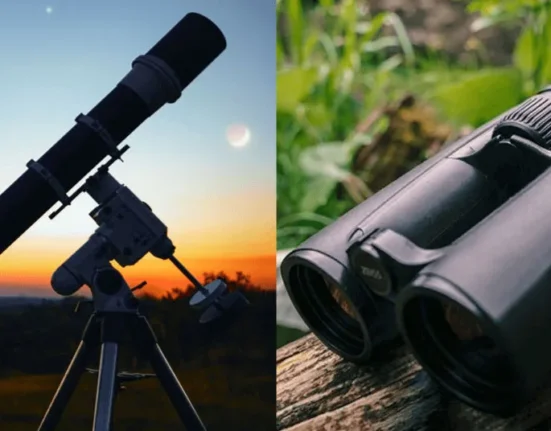Have you ever wondered how those succulent sea scallops make their way from the ocean to your plate? Well, let’s dive into the fascinating world of scallop farming, where researchers are unlocking the secrets to cultivating these delectable treasures of the sea.
In a groundbreaking study published in the esteemed Aquaculture journal, experts delved into the realm of scallop cultivation methods. Led by Christopher Noren, a postdoctoral researcher at UMaine, this research compared two prevalent farming techniques: ear-hanging and lantern net culture. The goal? To determine which method reigns supreme in terms of maximizing yields for commercial growers over a complete grow-out cycle.
The Maine Connection: A Scallop Story in the Making
Maine’s burgeoning scallop aquaculture industry is on the rise, with farmers exploring innovative ways to enhance production efficiency. One common approach involves suspended culture using multi-tiered lantern nets to nurture scallops until they reach harvestable size. However, this method comes with its own set of challenges, including the constant battle against biofouling and the need for meticulous maintenance to ensure optimal growth conditions.
Enter ear-hanging – an intriguing technique borrowed from Japanese scallop farming practices. This method entails delicately drilling a tiny hole in each scallop shell and suspending it on a line. This unique setup allows for superior water flow around the scallops and shows promise in potentially reducing maintenance requirements compared to traditional lantern nets.
To put these methods to the test, researchers collaborated with commercial scallop farms located in Maine’s picturesque Penobscot Bay and Frenchman Bay regions. Over four years of meticulous observation and data collection, they closely monitored aspects such as scallop growth rates and adductor muscle weights – crucial factors that directly impact market value.
Unveiling Insights: The Power of Ear-Hanging
The study unearthed some eye-opening findings that could revolutionize Maine’s aquaculture landscape. Scallops cultivated using ear-hanging techniques displayed slightly larger shell heights, boasting a 1-4% edge over their counterparts raised in lantern nets. More significantly, these ear-hanging marvels exhibited up to 12% more adductor muscle weight – a prized commodity highly sought after in U.S. seafood markets due to its premium pricing for larger sizes.
“We wanted to provide growers with actionable insights based on real-world data,”
emphasized Christopher Noren when discussing their research objectives.
“By conducting a comprehensive comparison across an entire grow-out cycle, we pinpointed where each method excels biologically and how these advantages can translate into enhanced yields and operational efficiencies.”
Temperature Tales: A Crucial Factor in Scallop Success
Beyond just comparing growth metrics between cultivation methods, temperature emerged as a pivotal influencer on scallop development. Ear-hanging nurtured scallops thrived under optimal conditions ranging from 50 to 59 degrees Fahrenheit but proved more vulnerable to frigid winter temperatures than their counterparts residing snugly within lantern nets.
Co-author Damian Brady shed light on this dynamic interplay between methodology and environmental factors:
“Understanding how different techniques impact growth patterns and harvest timing is instrumental for guiding production strategies.”
Championing Sustainability: A Call for Homegrown Solutions
With most seafood consumed in the U.S. being imported from international sources, there is growing interest in bolstering domestic seafood supplies through sustainable aquaculture practices like those studied in Maine.
Andrew Peters of Vertical Bay LLC emphasized the practical significance of such research outcomes:
“Having concrete numbers at our disposal enables us to make informed decisions regarding gear selection that directly influence growth rates and market values as we expand our scallop operations across Maine.”
As UMaine researchers continue unraveling the delicate balance between growth efficiency and labor demands within various cultivation methods, they pave the way towards establishing a robust and eco-consciousscallop aquaculture sector within Maine’s Gulf waters.
So next time you savor those sumptuous sea scallops at your favorite restaurant or cook them up at home,know that behind each delectable bite lies a tale of innovation,struggle,and triumph unfolding beneaththe waves – thanks topioneeringresearch shapingthe futureof Atlantic seascallopfarming!









Leave feedback about this